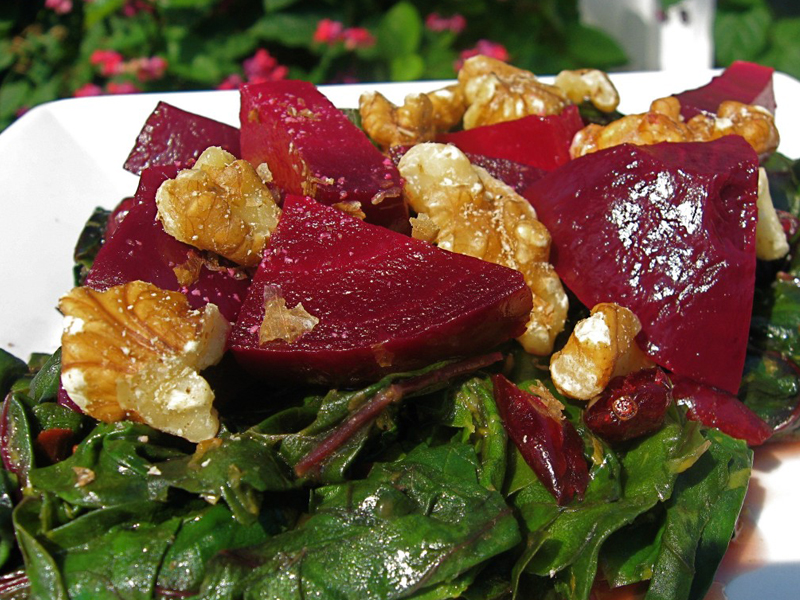originally posted on for Huffington Post
Give Back, Don’t Throw Out
Monday after Thanksgiving you may be at the point where you can’t look a holiday leftover in the eye. But before you pitch those potatoes, stop and consider they’ll be joining an estimated 36 billion tons of annual American food waste. Meanwhile, according to the USDA, almost 50 million Americans are going hungry. Do the math.
America may be the land of plenty but we don’t have enough to squander. And yet, we’re brilliant at it. Food is our second-favorite thing to waste, right behind paper (and we call ourselves paperless?). Anyone who’s worked in food service knows the mountain of food that gets scrapped every day. We waste plenty in our homes, too, buying more than we need, so we end up throwing it out when — or well after — it starts to fade. We’re quick to flip out over the latest E. coli breakout and demand greater government oversight for food safety but meanwhile, some of us have science experiments growing in our fridges.
I’m not suggesting feeding the hungry your mold-spotted leftovers. I’m saying what’s in your wallet is limited and so are our natural resources. Waste is not green. And it’s not sustainable. Food waste goes into landfills and sits there producing methane, the same foulness that comes from cow farts, all of which further contribute to climate change. The EPA says rotting food is a significant challenge to our environment, creating more greenhouse gas.
It’s also a challenge to our economy. As a nation, we blow over $100 billion annually in wasted food. Reducing waste in restaurants and food service, communities and individual households across the country could take a whack at the deficit in ways the Tea Party can only dream about.
We talk a lot about giving back — at this time of year especially. If your community has a food donation program, hallelujah — become part of it. If it doesn’t, don’t throw up your hands and throw out your food. Individual actions count for a lot, and there are many you can do right at home.
— Stockpiling SpaghettiOs? Donate canned or boxed food to your local food bank. Over 37 million Americans rely on the country’s network of food banks and the unopened food you can’t use can make a huge difference to your neighbor.
— You’ve got a freezer. Use it. If you can’t eat it all now, freeze it. Blanche fresh produce (plunge into boiling water for a minute or two) then drain, dry, seal and bunch in the freezer. The USDA offers this handy tip sheet explaining what foods are freezer-friendly — more than you think, too.
— Give leftovers a makeover — today’s stale bread is tomorrow’s crostini, French toast, bread pudding or comforting tomato-bread soup. Leafy greens going limp can be steamed or sautéed and tossed with chickpeas, quinoa or pasta for a super-nourishing main course.
— Compost. That’s how Will Allen started his thriving urban farm Growing Power, by growing it from the dirt up. The coffee grounds, tea bags and produce scraps, seeds and peels you’ll use up from now till the end of the year are more than enough to get a compost pile cooking. Cityfolks, urban compost happens. There are mini compost boxes small enough for a SoHo studio. Can’t deal with composting? Contribute your compostable food scraps to your local school or community organic garden.
We have so many reasons to be grateful at Thanksgiving. But wasting food is not the best way to show the love. Wasting what we have is an insult to people who have to choose between eating or paying the rent. It’s also an insult to the people who work hard (often for low wages) to produce our food.
“Family, community, love and gratitude are all unlimited resources,” says Robert Engelman, president of WorldWatch Institute, the environmental sustainability nonprofit. “Unfortunately, food and the energy, water and other natural resources that go into producing food are not.”
Source, cook and eat like it matters. Because it does.

Ingredients
- 1 tablespoon olive oil
- 1 bunch chard
- 1 bunch beets, root and greens
- 1 pinch red pepper flakes
- 2 oranges, juice and zest
- 1/4 cup dried cranberries
- 1/3 cup walnuts, coarsely chopped
- sea salt to taste
Instructions
- Preheat oven to 400.
- Chop beet roots off from the greens. Rinse them and wrap them tightly in foil.
- Place on baking sheet and roast for 1 hour.
- Remove beets from oven and allow to cool. You may do this bit a day ahead and
- store the beets wrapped and chilled in the refrigerator.
- Wash beets greens and chard well, rinsing away any grit. Blot dry.
- Chop beet and chard greens fine. Beet and chard stems may be chopped small
- too. Otherwise compost them or save them to make vegetable stock.
- Heat olive oil in a large skillet over medium-high heat. Add pepper flakes. When
- they start to sizzle, add greens by the handful. Add the stems, too, if you're using.
- Cook, stirring, for about 5 minutes, or until greens wilt.
- Grate in orange zest. Stir in orange juice.
- Add cranberries and mix together gently.
- Place greens and cranberries in a bowl or serving platter.
- Toast walnuts at 400 degrees for 8 minutes, or until brown and fragrant.
- Meanwhile, unwrap beets. The skins should slip away easily. Dice beets and
- scatter atop greens. Top with walnuts.
© Soulful Vegan. All Rights Reserved.


Leave a Reply